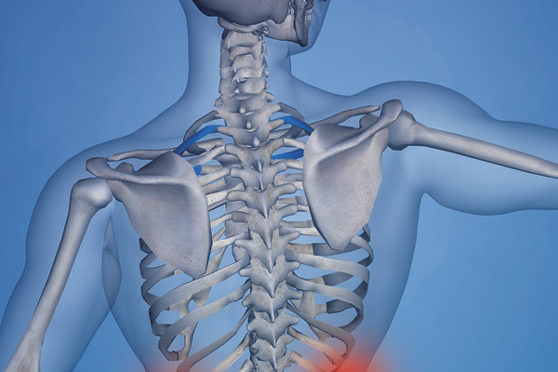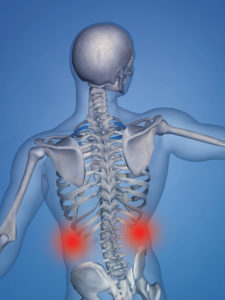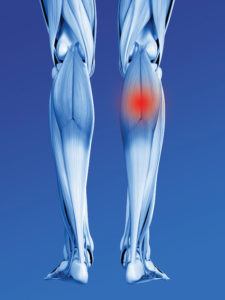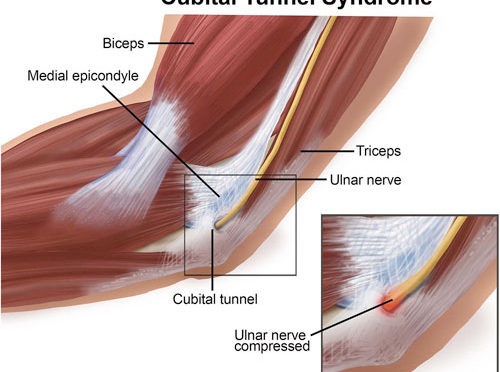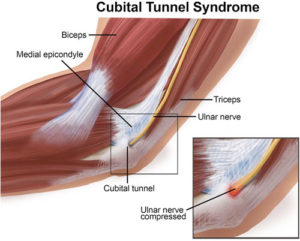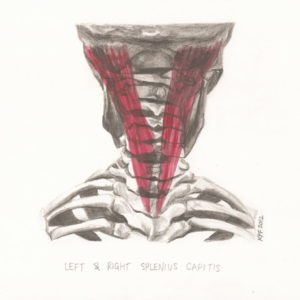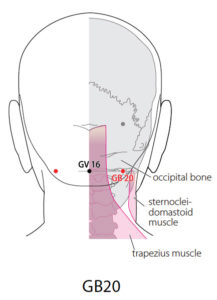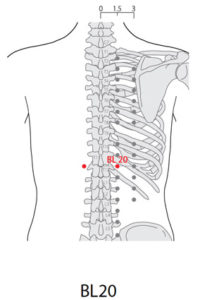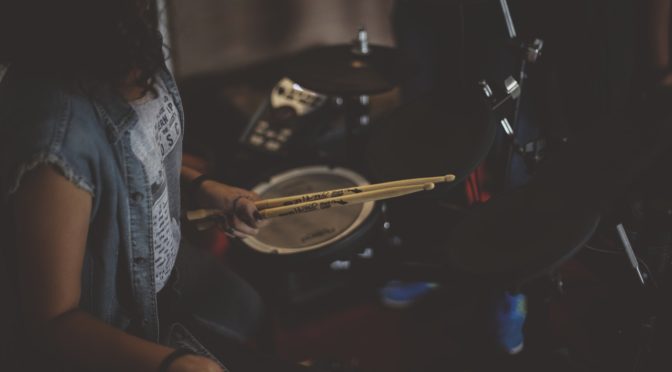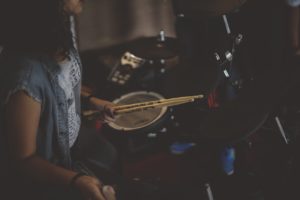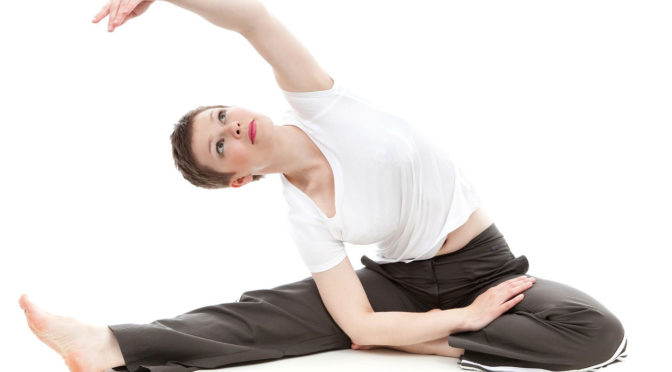by Marc Brodsky, MD, and Craig Holiday Haynes
Chronic lower back pain may be the result of trauma or repetitive overuse injuries of the spine, intervertebral discs, ligaments, joint capsules, and muscles. Posture and psychological stress may also contribute. In a musician, lower back pain can be debilitating, interfering or worsening with activities related to playing an instrument.
While narcotic (opioid) pain medications can make life more comfortable, they come with inherent risks: accidental overdose, risk of dependence and addiction, side effects (sedation, dizziness, nausea, constipation, respiratory depression, etc.), and the need for increasingly stronger doses. In October 2017, the US President directed the Department of Health and Human Services to declare the opioid crisis a public health emergency. It is important to explore alternative treatments before turning to prescription drugs.
Case Study
One 52-year-old jazz drummer developed lower back pain after a motorcycle accident. He described shooting pains in his legs that interfered with his ability to play drums and to go on tour. An MRI revealed a herniated disc in his lower back. After disc surgery, the pain that traveled to his legs improved, but he continued to have pain across his lower back. The drummer got relief from his pain with trigger point injections, along with acupuncture, chiropractic, and massage treatments. He treated pain flare-ups with a self-care program that included acupressure and swimming exercises.
Integrative Medicine Approach
Drug-free treatments to activate natural healing and restore resiliency may relieve pain and suffering and optimize quality of life. Self-care nonpharmaceutical treatments and techniques without side effects or risk of addiction are particularly important for performers.
Myofascial trigger points are irritated spots in the fascia surrounding skeletal muscle. These small patches of clenched muscle fibres are sensitive and cause aching and stiffness. They often are a major factor in common problems like lower back pain and neck pain. Most minor trigger points are self-treatable.

A hands-on physical exam may locate trigger points in the muscles that, when pressed, cause pain in the lower back. For those experiencing lower back pain, pressure points are most commonly found in two muscles, the quadratus lumborum (left) and gluteus maximus (right).
Pain Relief Through Acupressure Points
Acupressure points take advantage of the body’s natural muscle relaxant and stress reliever. Since acupressure points and trigger points in the muscles overlap, you may get relief from your pain by utilizing exercises that press acupressure points in your back and legs. Try the exercises below for relief of lower back pain.
Exercise One
Place two tennis balls in a stocking and press them against a wall with your back using the weight of the body. Press for the duration of about 15 seconds, one to three times per day.
Exercise Two
Press your finger into a point at the bottom part of the calf muscle.
Press each of the acupressure points for the duration of three relaxing breaths (about 15 seconds), one to three times each day. If lower back pain persists, see a medical professional.
10 Tips To Reduce Back Pain
1) Maintain a healthy weight.
2) Regularly take part in exercises
that strengthen your back and
core muscles.
3) Lift your equipment properly—always bending your knees and squatting to pick up heavy items.
4) Know your limits and don’t be shy about asking for help.
5) Use good posture throughout
the day.
6) Stretch your muscles.
7) Don’t carry a briefcase or heavy purse long distances as it changes your balance. Instead, use a
backpack.
8) Make sure your mattress is firm enough to support your back.
Soft mattresses can push it out
of alignment.
9) Get plenty of sleep.
10) Quit smoking.
As always, if back pain continues, see a specialist.


